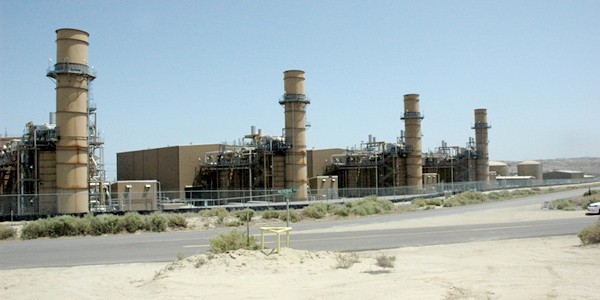By Hudson Sangree
FERC rejected a request to order CAISO to develop a capacity market to ensure traditional independent generators remain financially stable as renewable energy prices continue to fall and drive down wholesale electricity prices.
“As CAISO and several protesters correctly observe, the commission has not required a centralized capacity market as part of a just and reasonable market design,” the commission said in its Nov. 19 order (EL18-177). “Indeed, the commission has consistently rejected a one-size-fits-all approach to resource adequacy in the various RTOs/ISOs due, in large part, to significant differences between each region and also due to the well-established tenet that there can be more than one just and reasonable rate.”
The request was made by CXA La Paloma, the operator of a 1,124-MW gas-fired plant in Kern County, Calif., which began commercial operations in January 2003. It was acquired by its current owner in a bankruptcy proceeding in December 2017. When La Paloma filed for bankruptcy, it cited $524 million in debt and an “inhospitable regulatory environment.” (See CAISO Proposal Would Permit Economic Outages.)
In June 2016, prior to the bankruptcy, the plant’s then-owner, La Paloma Generating Co., filed a complaint with FERC over CAISO’s denial of a request for an outage for economic reasons. The commission rejected the complaint, finding the ISO had administered its Tariff properly when it denied the outage request.
In its complaint filed in June 2018, CXA La Paloma argued “that regulation of the wholesale power market in California is fragmented and compartmentalized, and that in failing to develop centralized capacity procurement, CAISO has facilitated an unduly discriminatory, unjust and unreasonable market design that is harmful to both market participants and ratepayers,” according to FERC.
But the commission cited a recent MISO case in which they rejected a mandatory centralized capacity market, “despite low capacity prices and concerns that the existing construct was failing to ensure the availability of generation needed for reliability.”
“The commission also recently accepted a proposal for a resource adequacy construct in SPP based on bilateral contracting,” it noted.
“While the commission has opined on the benefits of specific features of the eastern RTO/ISO centralized capacity markets within the context of those specific regions and market designs, the commission has not imposed a centralized capacity market in an RTO/ISO or found that it is the only just and reasonable resource adequacy construct to attract and retain sufficient capacity. With respect to the eastern RTOs, the capacity markets originated through Section 205 filings or developed through settlements.
“Thus, we find that CXA La Paloma’s reliance on commission precedent pertaining to the eastern centralized capacity markets is inapt here.”



